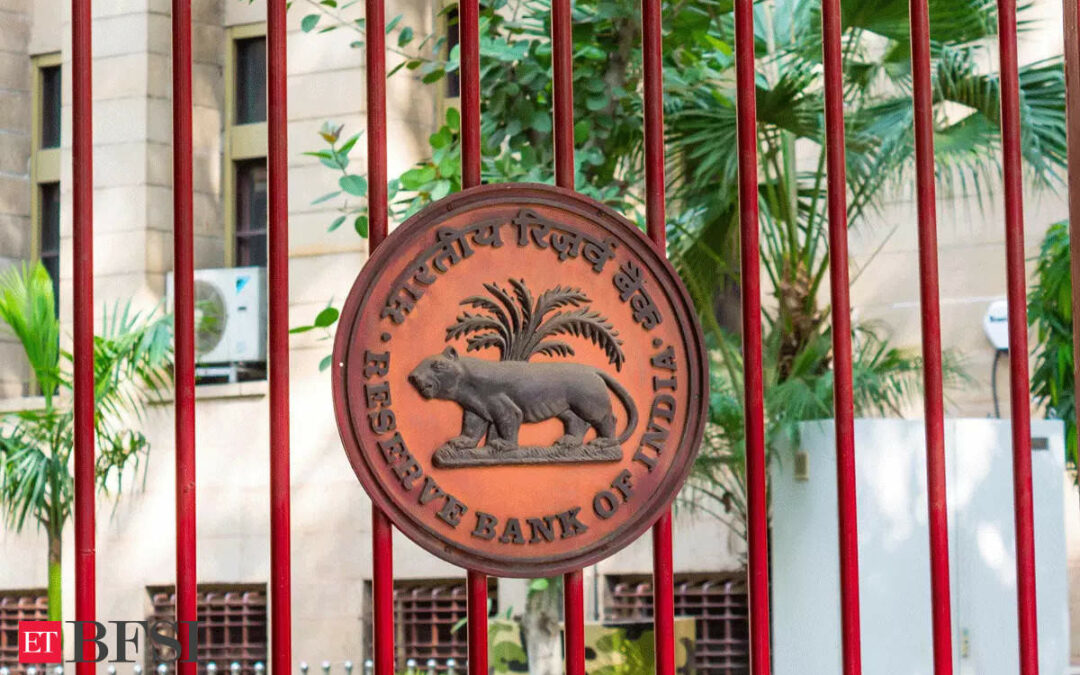The Reserve Bank of India (RBI) has introduced a revised framework for dividend declaration by banks and profit repatriation for foreign banks. The new guidelines, effective from FY2024-25, notably link payout ratios to net Non-Performing Loan (NPL) ratios, signalling a departure from the previous grid-based framework.
According to analysts, the impact of these revised guidelines appears to be minimal for the banking sector. With most banks currently maintaining net NPL ratios below 2 per cent, and considering their prudent dividend declaration practices, the sector seems largely unaffected.
“Historically, the payout ratios have usually been closer to 20 per cent, which implies that the threshold net NPL ratio that is permissible is between 2 and 6 per cent. We currently have very few banks that have net NPL ratios higher than 2 per cent (2QFY24) and even these banks have been quite prudent in their dividend declaration. As such, we do not see any impact from the current guidelines for any of the banks,” Kotak Institutional Equities said.
What are the RBI’s new guidelines?
The updated guidelines emphasise a more nuanced approach, requiring bank boards to consider various factors before declaring dividends. These factors include any discrepancies in asset classification, auditor qualifications, current and projected capital adequacy ratios, and long-term growth projections.
Under the new regulations, banks must comply with capital adequacy ratios for the preceding three financial years, including the year of dividend declaration. Notably, the net NPL ratio should remain below 6 per cent. Payout ratios are directly tied to net NPL ratios, with a higher net NPL ratio resulting in lower payout ratios and vice versa.
Adaptation to current banking landscape
The RBI’s move to update these guidelines stems from the evolving banking landscape, including the implementation of Basel III standards, the introduction of the prompt corrective action (PCA) framework, and the emergence of differentiated banks with varying capital requirements. The guidelines, last updated in 2003-05, needed modification to align with the present banking system.
A key factor mitigating the impact is that banks are predominantly in a capital consumption mode, prioritising balance sheet growth over aggressive dividend payouts. This approach is likely to keep payout ratios lower for most banks, aligning with the current guidelines.
ETBFSI now has its WhatsApp channel. Join for all the latest updates.











